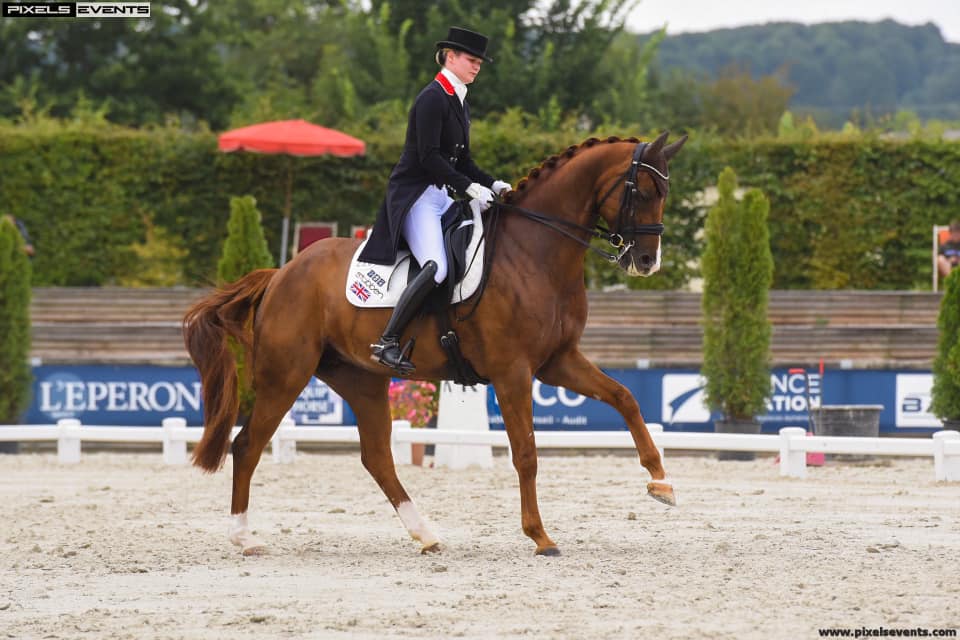The canter transition is the theme of this week’s #TuesdayTrainingTip. At the early stages of training, it is one of the most common issues that crop up. In particular, young horses can find it difficult to make a smooth, direct transition.
In the very early days, try not to worry too much about the transition being polished. It is enough that the horse understands that you are asking him to change pace. It is usually helpful to ask for the canter at the start of the long side, where he has plenty of open space ahead, and to back the leg aid up with the voice aid – it helps bridge the gap between cantering on the lunge and cantering under saddle.
Once the horse is a bit more secure about the idea of cantering with a rider, we can gradually start to improve the transition. Riders often fall into the trap of separating the trot and canter too much and riding the two paces very differently. They rise to the trot and suddenly sit for the canter; they are relaxed in the trot but tighten up in the canter. All these differences make it difficult for the canter transition to be smooth and seamless – there’s simply too much of a gap for the horse to bridge on its own.

One thing that can help is getting the horse used to the weight of the rider sitting into the saddle. It can be a shock for them, both physically and mentally, to find their rider goes from rising trot to suddenly sitting and asking for canter. It also creates tension if the only time the rider sits is when they are going to ask for canter. It’s important that the rider can sit quietly to the trot, even if just for a quarter of a circle, so the horse can adjust its balance appropriately. Short bursts of sitting trot, allowing the horse to relax and adapt, then going back to rising will often make the transition to canter less tight and abrupt.
If the horse is still struggling to achieve a clean strike-off, try riding it out of a little leg-yield. Starting at A, spiral a big circle down to ten metres in the middle, then gradually leg yield away from the inside leg back towards the bigger circle. Once you get out to the edge, ask for the canter transition. The leg yield will ensure the horse’s inside hind leg is pushing underneath its body and will also create more bend around the inside leg. This should put both horse and rider in the ideal balance for the first stride of canter.
Have you ever struggled with the canter transition? What exercises did you use to improve it?
